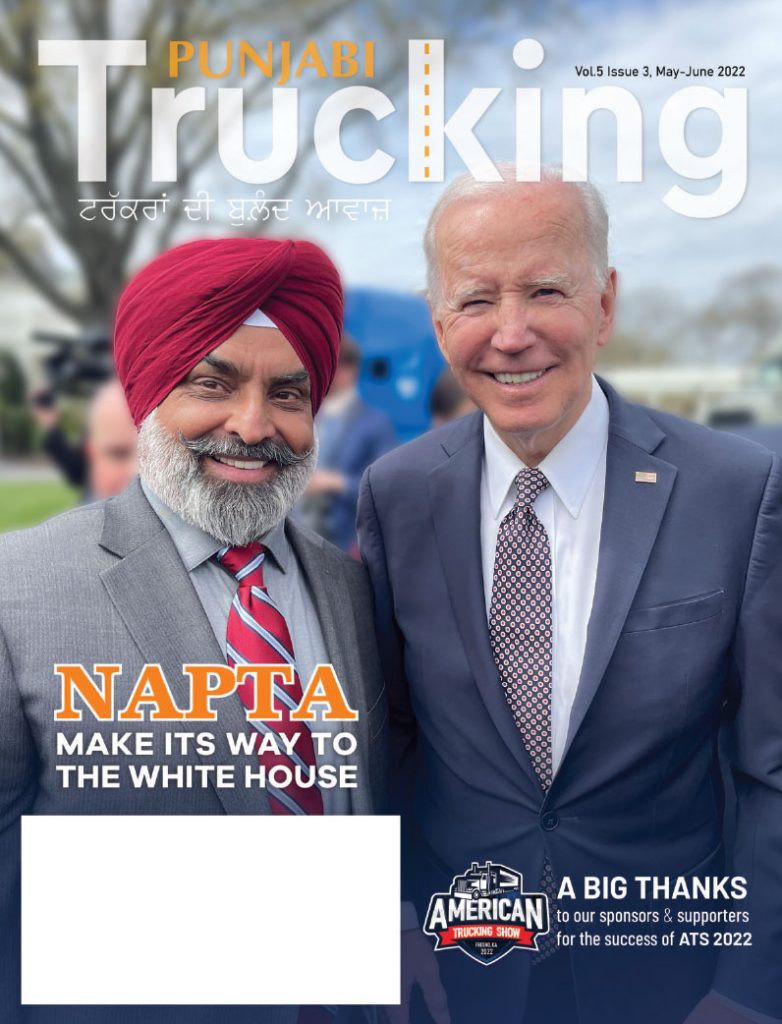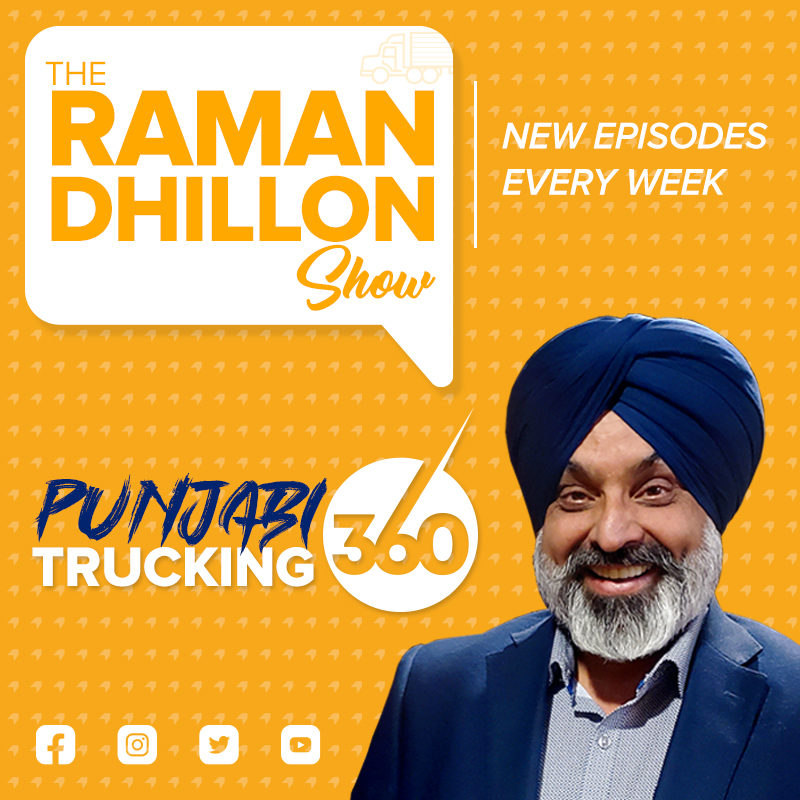When Liz was six years old her mother sold her into the sex industry with the advice to “smile, look pretty, and do whatever he says if you love me.” For the rest of her childhood, she endured constant abuse until she was able to escape.
Now, Liz shares her story as the Field Trainer at Truckers Against Trafficking (TAT), which is a resource to combat human trafficking in the trucking industry. TAT has a presence in both the United States and Canada and offers numerous ways to educate those of us who work in transportation careers.
Trafficking can include victims forced to engage in sex acts for money or using them as forced labor through fraud or coercion. Domestic servitude involved working and living in the home of the perpetrator who confiscates documentation to prevent the individual from leaving. In other words, human trafficking is modern-day slavery.
Drivers can become certified to become knowledgeable in recognizing signs of human trafficking and where to report it. Carriers can also create programs to educate their entire organization on ways to counter this growing problem. TAT has programs for law enforcement as well and has extended its program to include the bus industry and has created a coalition of convenience stores so they can play a role in recognizing this crime.
If attending a trade show or event where the Freedom Drivers Project is present, take a moment to walk through the mobile exhibit to help educate yourself on the extent of this tragic societal problem. A few years ago, the Women In Trucking Association partnered with TAT through our “lip balm” project. We trained female drivers to spot potential victims in truck stop restrooms and hand them lip balm with information to find a way out of the situation.
Human traffickers use all modes of transportation to move their victims and every one of us should be aware of the signs of a trafficking situation. A quick way to keep the information handy is to download their app or keep a card in your wallet with the basic information. The hotline numbers are 888-373-7888 in the US and 833-900-1010 in Canada.
All US commercial drivers should be aware that they are committing a felony if they use their commercial motor vehicle involving any sex trafficking and their CDL will be revoked.
TAT advises drivers to call 911 if they see a crime in progress but use the TAT lines if there is evidence of human trafficking. How can you tell if this is the case? The TAT wallet card lists red flags as someone who doesn’t seem to know where they are or does not have any identification. Another sign is that the person seems to be controlled or is being watched or followed. A van or RV parked at a truck stop with people coming and going could be a trafficking operation.
If you are near the victim and see signs of bruising or branding, such as tattoos, that could be a sign of human trafficking as well. If the person mentions the word quota or calls someone a pimp or daddy, be aware. In a recent interview, Liz said to also look for inappropriate clothing, such as a short dress in colder weather. The DOT initiative also mentions being aware of a scripted or rehearsed response when approached.
In 2018 US DOT Secretary Elaine Chao created a human trafficking awareness initiative to address this crime in all modes of transportation. According to the US DOT, human trafficking is one of the fastest growing crimes affecting over 25 million people around the globe. Fortunately, the trucking industry is serious about combatting this crime. TAT has trained over 1.3 million people to identify and report the abuse.
You can be a part of the solution. Visit www.truckersagainsttrafficking.org and get involved.



